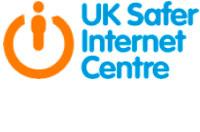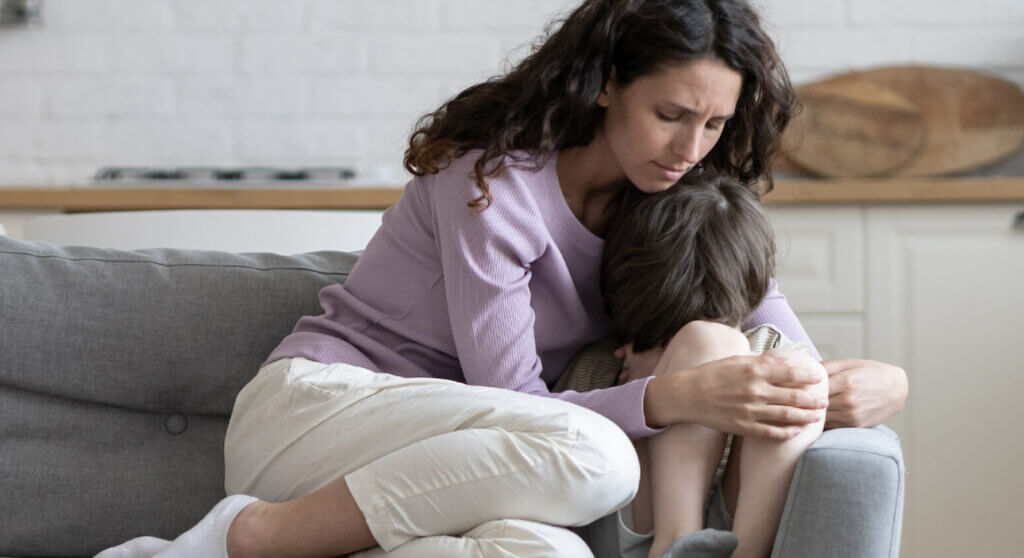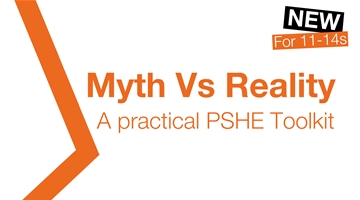Pornography is ‘writing, pictures, films, etc. designed to stimulate sexual excitement’.
These can be viewed online and offline, either intentionally or by accident, which can influence how young people think about sex, relationships and their own body image.
What are the key risks?
Being curious about sex and relationships is a natural part of growing up but viewing pornography can affect young people in different ways.
Young people could experience a range of different risks from viewing pornographic images and videos as they can portray:
- unrealistic expectations of body image and performance, which could leave young people questioning their own shape, size and overall appearance
- more casual attitudes towards sex and relationships which don’t reflect messages about love and consent
- more risky or violent sexual behaviour, which if seen without appropriate relationship and sex education might leave a young person with a warped attitude towards the sexual behaviour they expect to experience
- unrealistic attitudes towards gender roles and identities in relationships; often showing women as always ‘up for it’ and men as dominant
- adult, violent or discriminatory language about sexual behaviour, relationships and gender
Viewing pornography for the first time could be both accidental and on purpose, with peer pressure and social influence playing a big role in how and when it might happen. Research conducted by the NSPCC and Children’s Commissioner found that 46% of young people had seen online pornography for the first time because it “just popped up”, as opposed to 22% who reported being shown it by others and 22% who searched for it themselves. Young people may also encounter pornography online by simply misspelling a search term or URL and ending up on a pornographic site. This may be because some mis-spelt URLs are created to capture an audience looking for the more official or well known sites they are trying to mimick, and may populate their sites with a variety of different content ranging from advertising to adult content.
Where does the law stand?
While most pornography is legal, there are some categories of pornography that are illegal, for example child abuse images, and pornography that involves animals and extreme violence.
Children and young people might stumble across this, seek it out, or they may have been shown it by a friend.
It is important to help them to understand what types of pornography are illegal, and make sure they know how to report anything. Explain that watching this content can have serious consequences, for example, you can be arrested or prevented from working with children.
Report illegal pornography to the IWF: www.iwf.org.uk/report
Under the Digital Economy Act 2017, all online commercial pornography services accessible from the UK will be required to carry age-verification tools to prevent children from seeing content which isn’t appropriate for them. This comes into force 15 July 2019.
Key facts:
- All commercial pornography sites must use age-verification software of some kind to establish that the user is over the age of 18 and block under 18s from accessing their content
- The British Board of Film and Classification (BBFC), will oversee the implementation of the regulations
- Internet service providers will be forced to block any websites that do not comply
How can I support young people?
Here are our 5 top tips for supporting young people:
- Remain non-judgemental – it is important that young people feel they can discuss sensitive topics openly and without judgement and to acknowledge that it is ok to feel curious about sex
- Be age appropriate – discussions about sex and relationships should always be approached in an age appropriate, open and factual way
- Challenge unrealistic expectations – support young people in critiquing the messages portrayed in pornography and understanding what is a healthy relationship and attitude towards sexual behaviour and consent
- Develop strategies – support young people in developing strategies for resisting peer pressure and tackling situations where pornography is being shared around their peers
- Signpost to support and guidance – ensure young people know where to access support from within school, home and via support charities as well as where to access reliable information about sex, puberty and relationships
Resources to support you in talking about pornography and concerning online sexual behaviour:
 As part of our work in the UK Safer Internet Centre
As part of our work in the UK Safer Internet Centre

